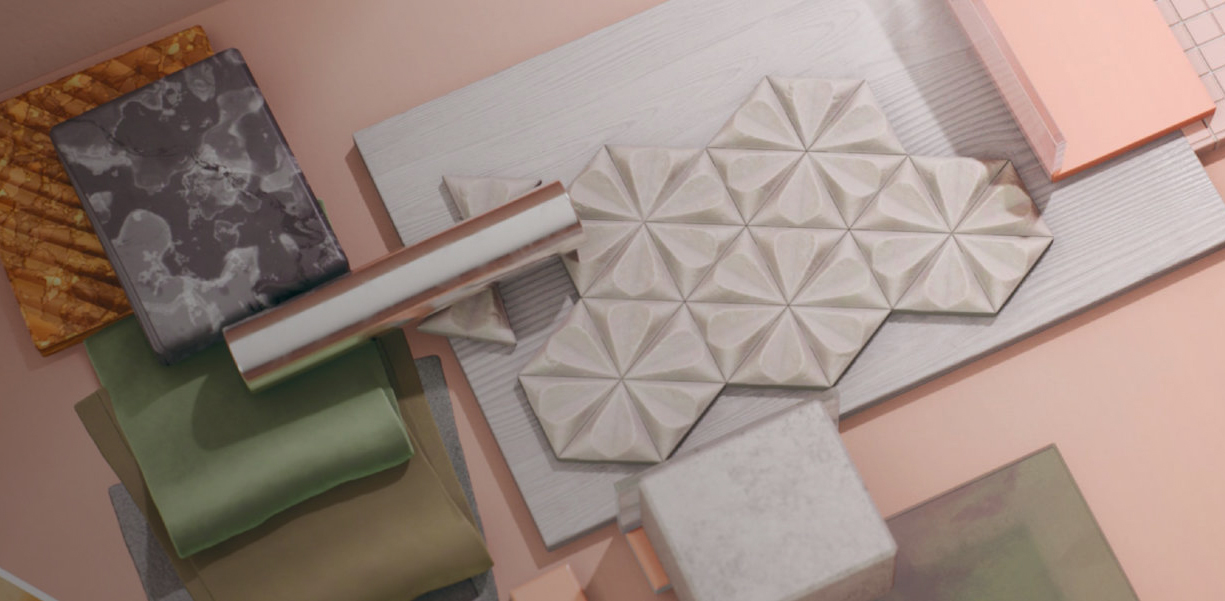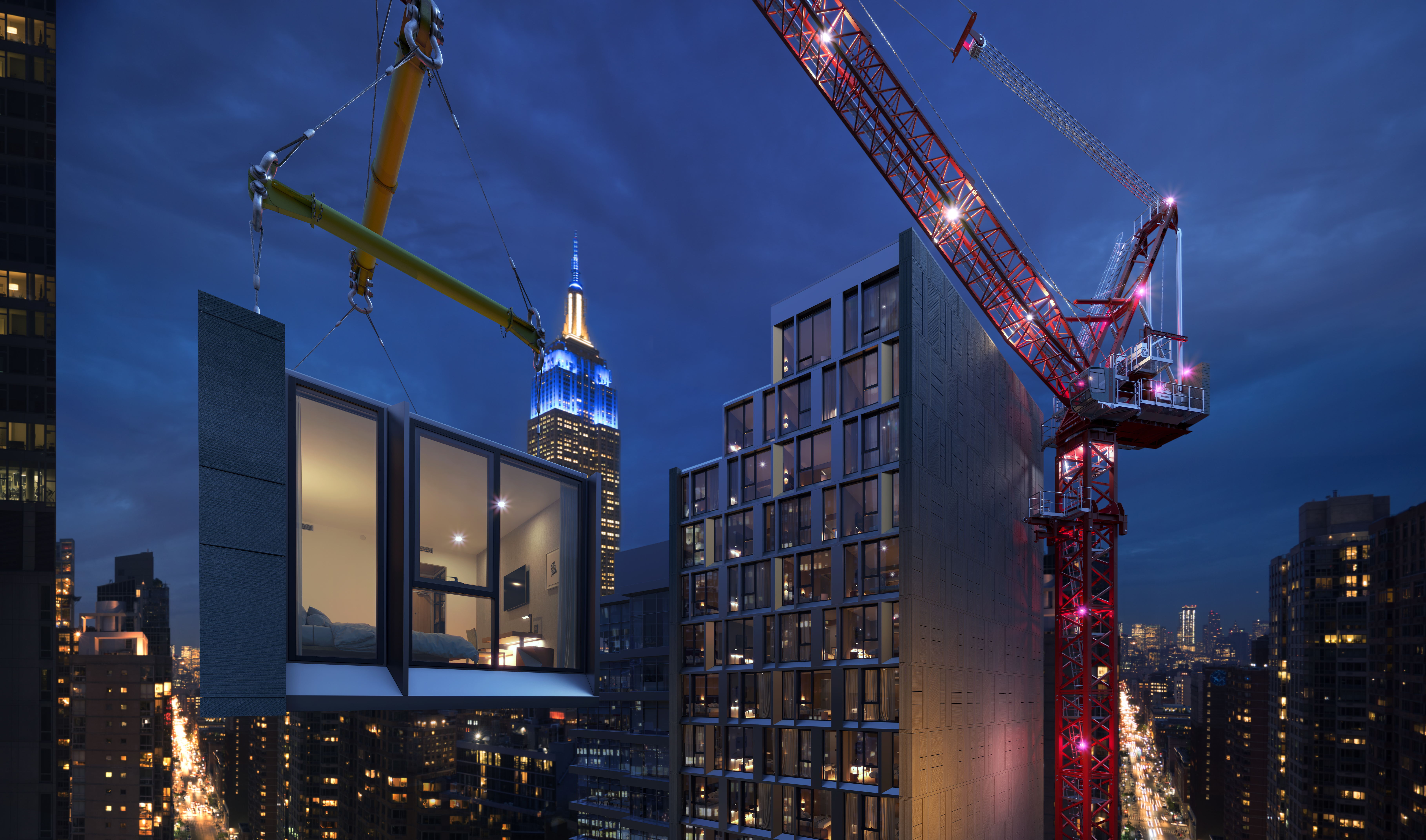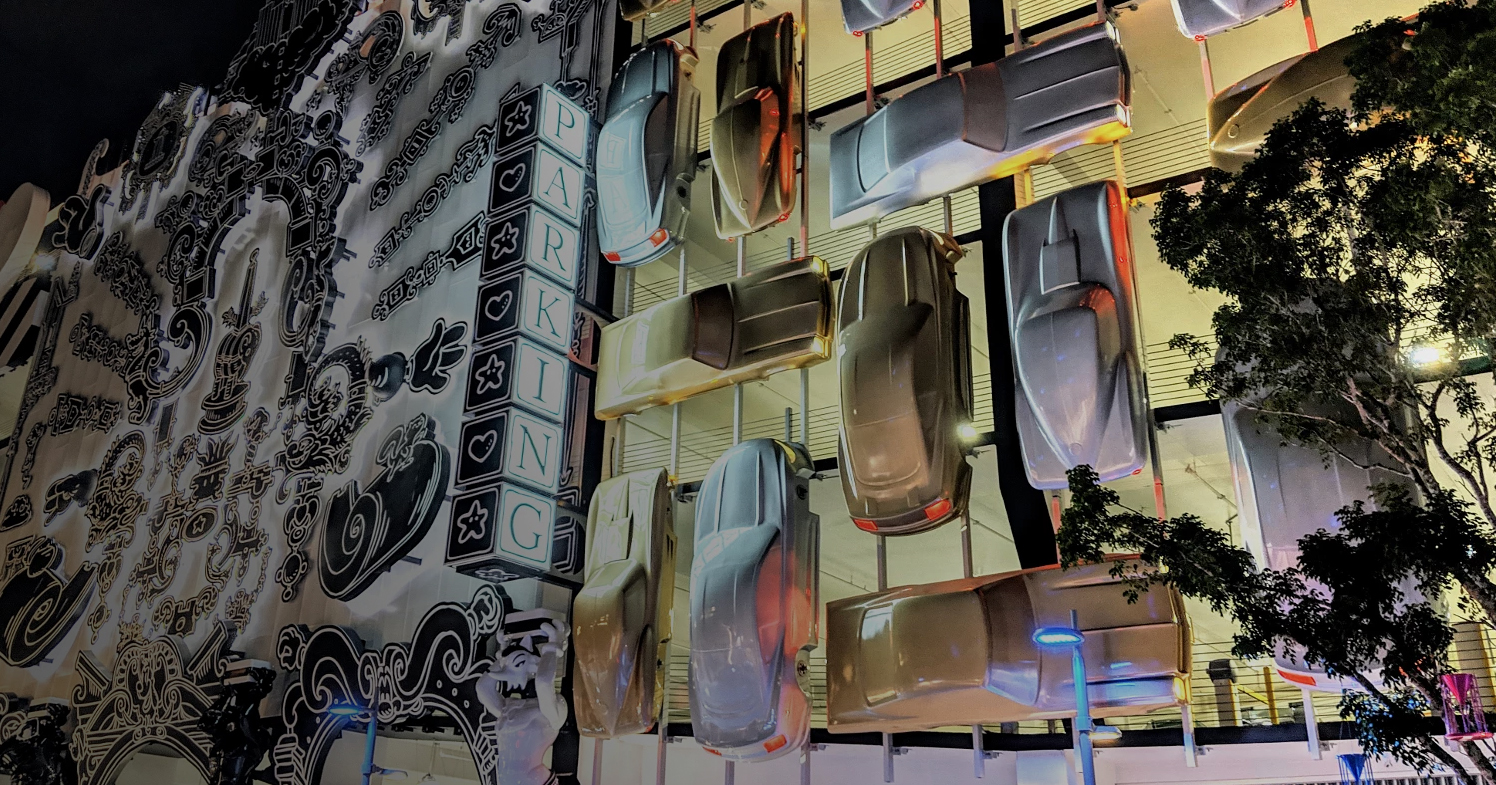Substance by Adobe is fast becoming the go-to resource for material textures in the architectural visualization industry, and when one feasts their eyes on the following images, it’s not hard to see why. The leading creative software maker’s Substance Source material library was recently expanded to more than 2,400 materials, with the addition of 580 new materials dedicated to architectural visualization.
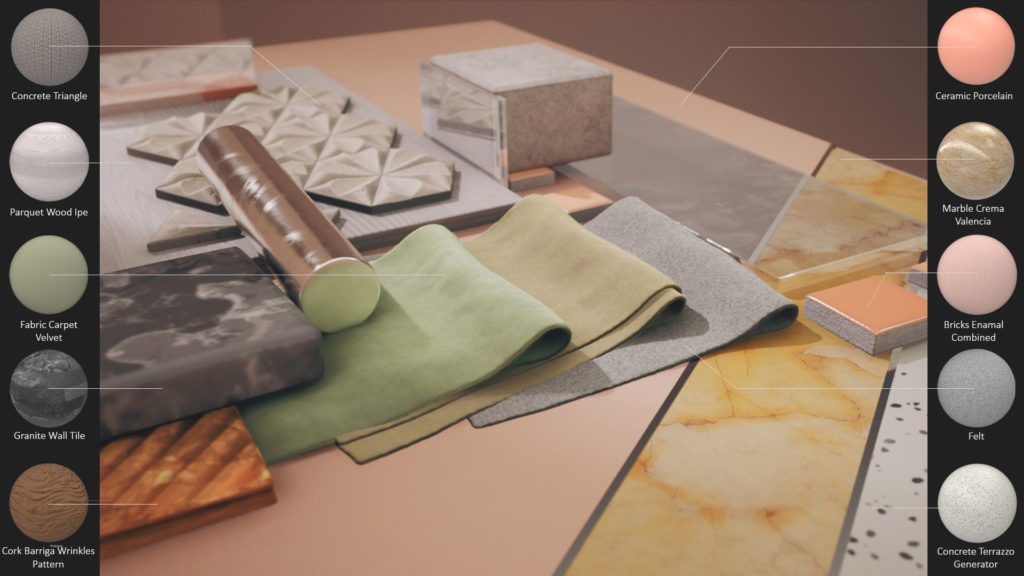
The new materials are split into two broad categories: Interior and Exterior Design. Materials in both categories harness the power of procedural generation — the process of creating computer models using algorithms rather than manual operations. This enables each material to be transformed in real time using a series of unique parameters.
Thanks to this powerful software, designers can edit the most minute details of any surface, opening up an incredible array of design possibilities and giving architects full control over the final result. “Our goal is to create a toolbox of digital materials dedicated to architectural professionals. Beyond a simple texture, with its derived forms, each material behaves like a mini library of inspiration,” states Nicolas Paulhac, Head of Content Creation for 3D & Immersive at Adobe.
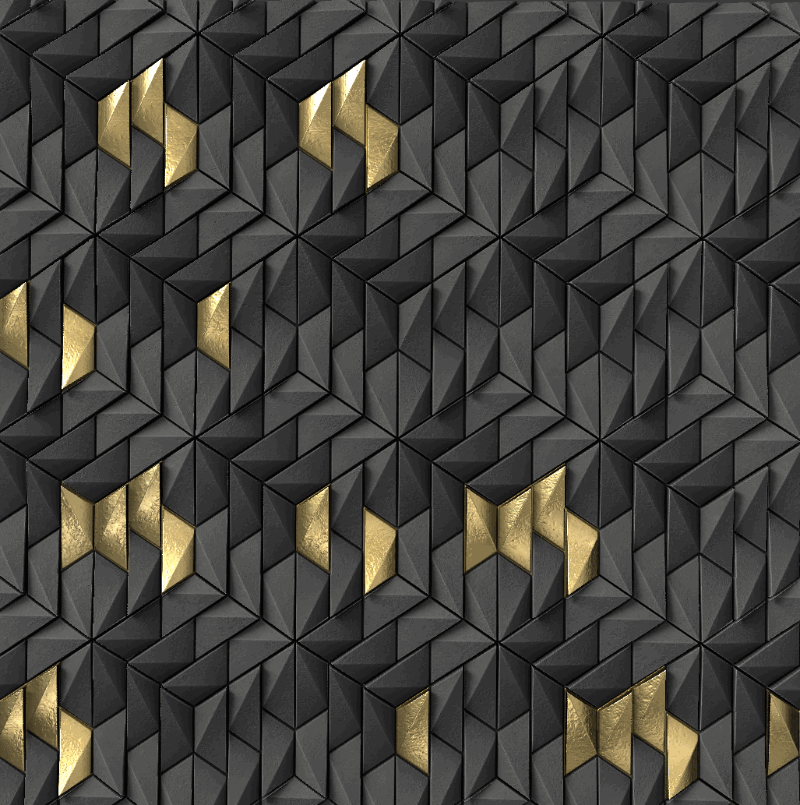
What does this look like in practice? For materials in the Interior Design category, a simple-to-use control panel allows users to manipulate the shape of thousands of 3D tiles on a wall, fine-tune the aggregate within terrazzo surfaces, or radically alter intricate patterns on carpet. The results are stunningly effective, providing an infinite number of finish options to suit any style of architectural space.
As well as mainstream materials such as cement tiles, terrazzo and PVC, there are some beautiful alternatives for vintage interiors such as cork, parquet and even caning. Perhaps the most stunning material of all, though, is translucent concrete, created by optical fiber strands cast into a block of cement. With countless parameters for each material ranging from the common to the unexpected, magical effects can result.
The new Exterior Design range of materials scales up procedural technology for the design of large buildings, districts or even whole cities. These materials are designed to allow architects and designers to texture urban blocks “by the kilometer”, without compromising on detail or quality. The collection includes brick walls, pavements, curtain walls, window panels and paints, each of which are transformable at an incredible scale.
The Exterior Design materials enable you to cover large areas of your model in a short period of time, adding textures with an amazing degree of articulation. For curtain walls, 25 different panel systems are offered, each of which can be transformed to create hundreds of design variations.

The form of each panel can be tweaked and refined with ease, but that’s just the beginning. You can also make it reflective or mat, modify the shape and layout of individual tiles and add perforations, in addition to altering the overall scale and color parameters. It means that façades can effectively be designed using procedural techniques rather than modeling individual elements, saving time that can then be used to further develop design concepts.
The material options extend down to street level, with pavement slabs, cobblestones and even tactile brick pavers offered for a broad range of use cases. These materials are particularly useful for enriching large areas of context around an architectural project — the ‘seed parameter’ enables you to get unique variations of the same material across large areas, prevent repetitions when creating miles of streets, plazas or squares.
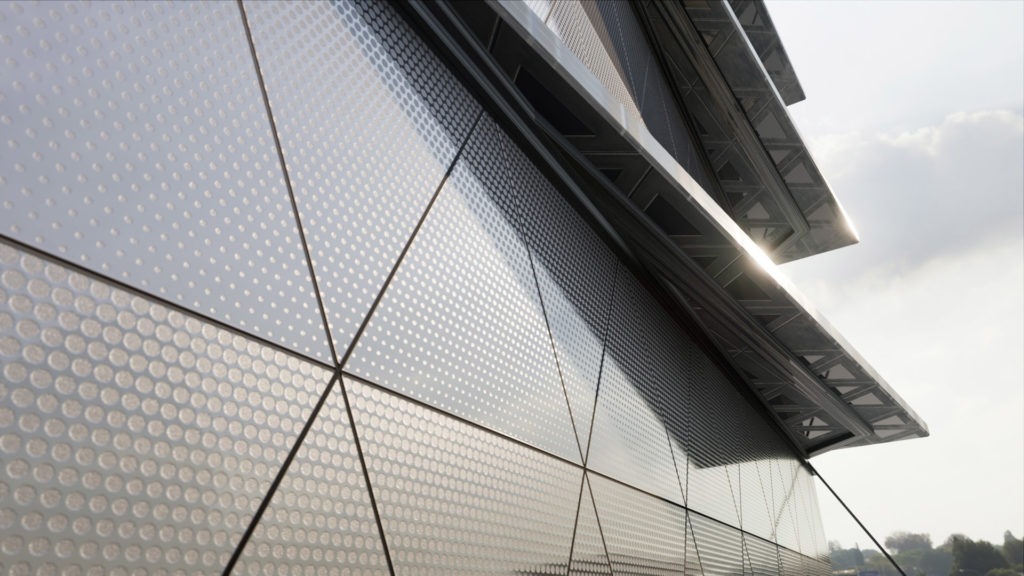
Glass is also a key part of the new Substance Source library, with glazing materials split in two categories: types of glass and glass panel generators. “While the first category lets you create variations of a glass material using color, surface finish and transparency parameters, the second introduces a window distribution system,” explains Nicolas. “You can conjure instant glass skyscrapers by tweaking the window size, the floor spacing, the panel shape and the glass type.”
These examples are just the tip of the iceberg, with hundreds more materials waiting to be explored by Substance Source subscribers. For more information on how Substance works and to sign up, click here.
All images courtesy Adobe Substance
